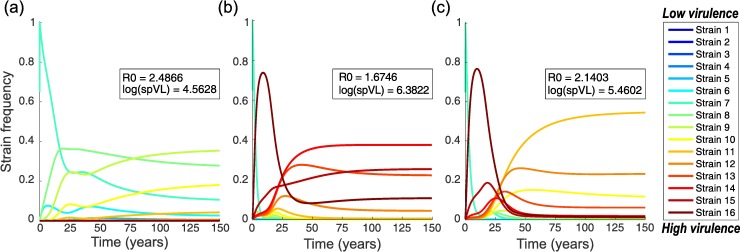Fig 5. Dynamics of the between-host model.
The relative prevalence of infections initiated by different viral strains, Ij(t), is shown. The insets show the basic reproduction number R0 and average set-point viral load (spVL) at the end of the numerical integration. Panels (a) and (b) show baseline expectations for the case without a latent reservoir, comparing a scenario in which within-host evolution is neutral to the within-host selection model. Panel (c) illustrates the effect of adding a latent reservoir. (a) No selection within-host with no reservoir. All strains have equal within-host fitness (γ1 = γ16 = 1.0), but do differ in spVL and associated virulence and duration of the infection. Moderately virulent strains are selected, which have optimal transmission potential. (b) Within-host selection model with no reservoir; strains have linearly increasing within-host replication rates (between γ1 = 1.0 and γ16 = 1.05) and increasing virulence. We clearly see the effects of short-sighted evolution: more virulent strains dominate the population, even though this reduces the population level fitness (R0) of the infection. (c) Within-host selection model with a reservoir; strains have increasing fitness and there is a relatively large reservoir (rL = 0.5) with a low level of homeostatic proliferation (a = 0.01 per day, k = 5 x 10−4, ρ = 9 x 10−3 per day, settings as in Fig 3C). The presence of a latent reservoir delays within-host dynamics, resulting in the dominance of less virulent strains at the population level, and hence reduces the effects of short-sighted within-host evolution.

